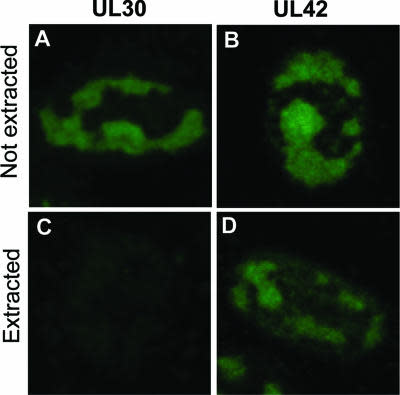
Cat. #160864
Lymphangiosarcoma (562) cell line
Cat. #: 160864
Organism: Mouse
Disease: Cancer
Model: Tumour line
£575.00
This fee is applicable only for non-profit organisations. If you are a for-profit organisation or a researcher working on commercially-sponsored academic research, you will need to contact our licensing team for a commercial use license.
Contributor
Institute: University Of Cincinnati
Tool Details
*FOR RESEARCH USE ONLY
- Name: Lymphangiosarcoma (562) cell line
- Alternate name: 562 cell line
- Parental cell: N/A
- Organism: Mouse
- Disease: Cancer
- Model: Tumour line
- Conditional: Yes
- Conditional description: Cells derived from C57BL/6 mouse carrying paw cutaneous tumor through tamoxifen -induced Tsc1 gene deletion in endothelial cells with Scl-Cre
- Description: Angiosarcoma/lymphangiosarcoma is a rare cancer that currently has no effective treatment. The mechanism of angiosarcoma development is largely unknown, and there is no animal model for the disease with molecularly defined pathogenesis. Loss of Tsc1 can cause hyper-activation of mTORC1 signaling in endothelial cells, which results in the development of lymphatic malformation (LM) and progression to vascular tumors that recapitulate salient features of human lymphangiosarcoma (LAS), including local invasion and systemic metastasis.
Target Details
- Target: Angiosarcoma/Lymphangiosarcoma
Handling
- Growth medium: DulbeccoÄË?Â?Âs modified EagleÄË?Â?Âs medium containing 10% fetal bovine serum, supplemented with 300 USP/L porcine heparin (Millipore-Sigma), 25 mM HEPES, 50 mg/L endothelial cell growth supplement (Corning), 1% MEM non-essential amino acids (gibco) and 1% penicillinÄË?Â?Âstreptomycin (gibco) and grown in 5% CO2 at 37 ÄÂ?°C.
References
- Yang et al. 2020. Br J Cancer. 122(12):1791-1802. PMID: 32336756.
- Sun et al. 2015. Cancer Cell. 28(6):758-772. PMID: 26777415.



